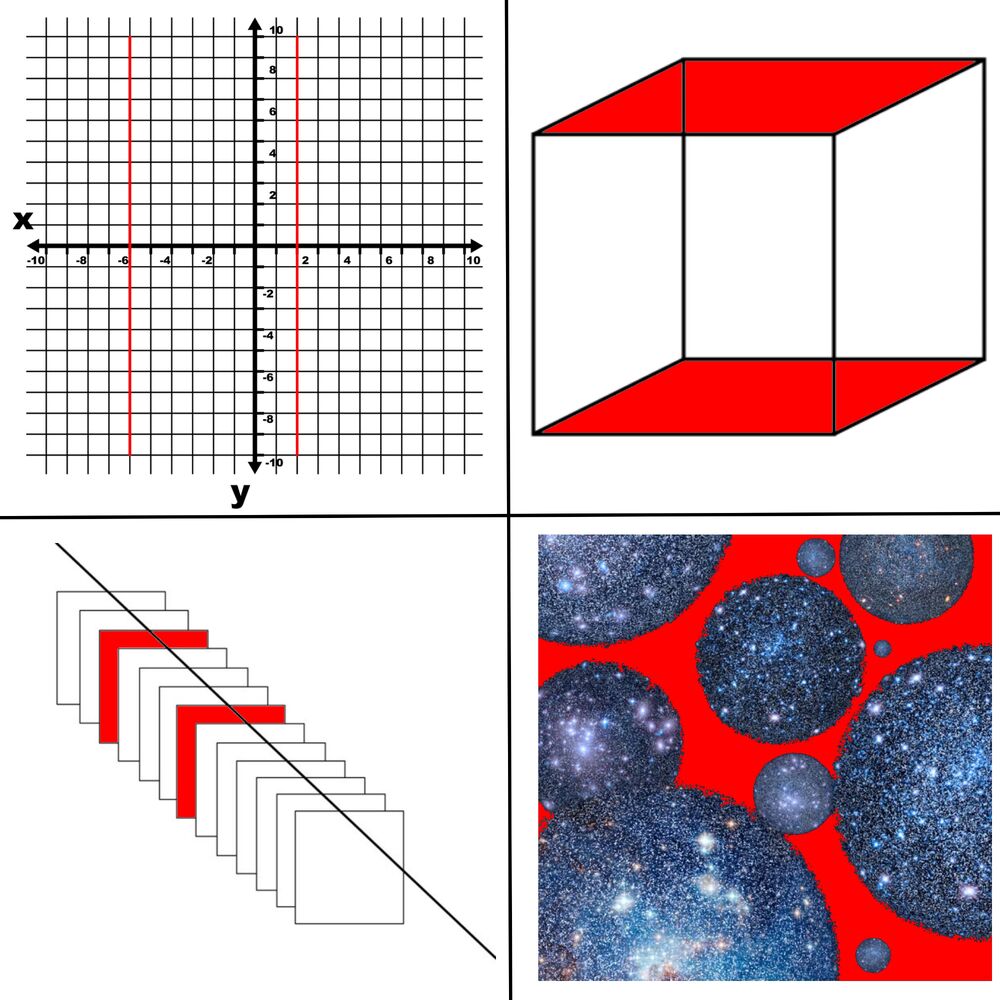Wikisource
He/Him- 501
- 98
Are two universes (4D) parallel to each other and need a 5D space to contain them? And the reason why?
Follow along with the video below to see how to install our site as a web app on your home screen.
Note: This feature may not be available in some browsers.
